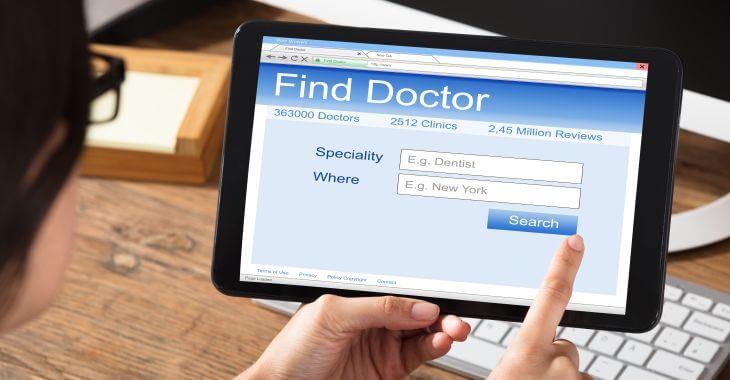10 Tips for a Patient-Centric Doctor’s Office Waiting Room Design

Making a positive first impression on patients can make a significant difference on a doctor’s practice. The doctor’s office waiting room should be welcoming and comfortable for patients, helping create that positive first impression. When considering the waiting room design for your medical practice, you want to implement some patient-centric traits. Here are 10 tips for creating a patient-centric doctor’s office waiting room design.
1. Calming Colors
Regardless of the type of doctor, there are patients who will be nervous about their visit. A waiting room that is designed with calming vibes in mind can help relax patients who are experiencing some anxiety. Colors can have an impact on mood – blues and greens help produce a feeling of safety and calmness that can be beneficial for a nervous patient. Stay away from agitating colors like bright red that could fuel anger or irritation in patients waiting for their appointment.
2. Personal Space
If the COVID-19 pandemic taught us anything, it is that people need their personal space, especially if they could be contagious. A doctor’s office waiting room should not be cramped and seat people elbow to elbow. Creating seating areas that offer some space are ideal – circular tables with a few chairs surrounding each table or multiple pods of couches, loveseats and chairs can provide distance between groups of patients.
3. Office Entertainment
Keeping patients entertained can make the time go faster. The old magazine rack post-COVID should be retired. Offer free Wi-Fi, tethered iPads and wireless headsets, or other high-tech entertainment for patients. Plus, these items are more easily sanitized.
4. Comfortable Furniture
A doctor’s office waiting room design should ensure there is comfortable furniture. Most people have experienced a hard, uncomfortable chair in a waiting room. Ensure there is soft seating in various sizes for patients. Have some chairs with arms, others without. Some patients may prefer arms to help them stand, while larger patients may not want to squeeze into a restricted seat. The key is many options – multiple-seating spots for families or couples and single chairs in various styles for personal space.
5. Beverages and Snacks
A cup of coffee or a small snack can be a welcomed distraction for patients waiting for their turn with the doctor. A beverage and snack station with various options is a nice thank-you to provide for patients. Consider single-serve coffee and tea dispensers, as well as a small fridge for bottled water and other cold beverages. Single-size snacks can be a welcome treat while patients wait until their visit. This is a worthwhile investment to help patients feel appreciated – small amenities go a long way in creating a favorable impression.
6. Appointment Time Communication
One of the biggest complaints from patients is the wait time before their appointment. While wait times cannot be controlled by waiting room design, there can be added elements to communicate with patients about their appointment and approximate wait time. Some options to communicate wait times can include mobile apps to check estimated times or a digital board with patient updates. When patients are informed, they feel more comfortable.
7. Art and Interesting Décor
A stark, white waiting room feels cold and impersonal. Using colors and artistic flare can make patients feel more at home. Consider geometrical patterns and artistic elements to the décor to make the waiting area more interesting and stimulating for patients while they wait.
8. Children’s Play Area
If children are expected at the doctor’s office, it is best to have an area dedicated to entertaining them during the initial waiting period. A nook with toys, books and seating for the parents will make the time go faster for families in the waiting area. Not only will parents with children appreciate the distraction for their kids, the play area may minimize the risk of bored children irritating other patients in the waiting room.

9. Mobile Alerts
Make more room in your doctor’s office waiting room design with the help of mobile alerts. Patients can be alerted with a hand-held buzzer when they are ready to be brought back for their appointments, or a text message can alert them they are next in line. Mobile alerts allow patients to walk outside or around the complex without fear of missing their appointment, making more space for others that prefer to sit in the waiting area.
10. Interactive Displays
Aquariums or digital screens that display live zoo feeds or other interesting footage can keep patients from watching the clock. Plus, interactive displays can add focal points to your waiting room design that bring the whole room together.
Improve Your Doctor’s Office Waiting Room Design
These tips can help you plan a new waiting room or improve your existing waiting area to make a more favorable impression on your patients. Find the right balance of style, comfort and amenities to differentiate your medical practice to retain happier patients.
The information provided on this website, including text, graphics, images, and other materials, is intended solely for informational purposes and should not be used as a substitute for professional medical advice, diagnosis, or treatment.




)